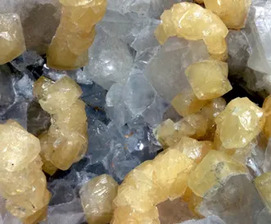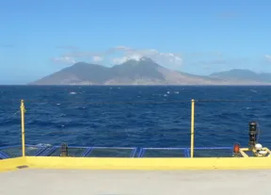Origin and Distribution of Evaporite Borates: The Primary Economic Sources of Boron
Naturally occurring borates are the major economic source of boron. Borates were first used over 4,000 years ago in precious-metal working and are now essential components of modern industry. Although borates have been exploited from other sources, three minerals from non-marine evaporites now form the major commercial sources of borate – borax, colemanite and ulexite. These major commercial deposits are associated with Neogene volcanism in tectonically active extensional regions at plate boundaries. The most important continental borate provinces are located in the USA, Argentina, Chile, Peru, and China, with the largest borate reserves in the world being found in western Anatolia (Turkey).
Origin and Distribution of Evaporite Borates: The Primary Economic Sources of Boron Read More »



